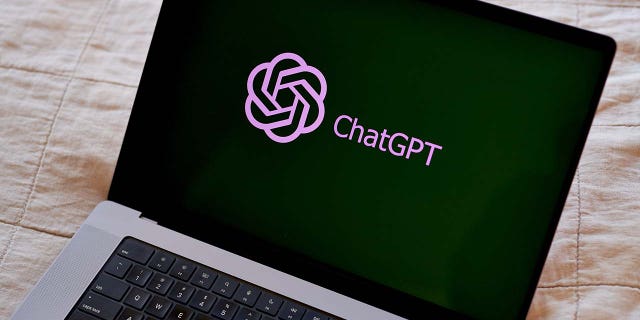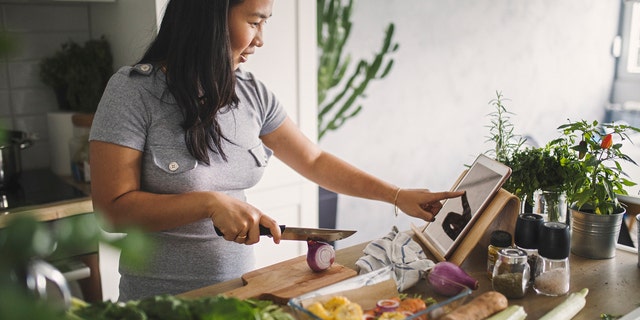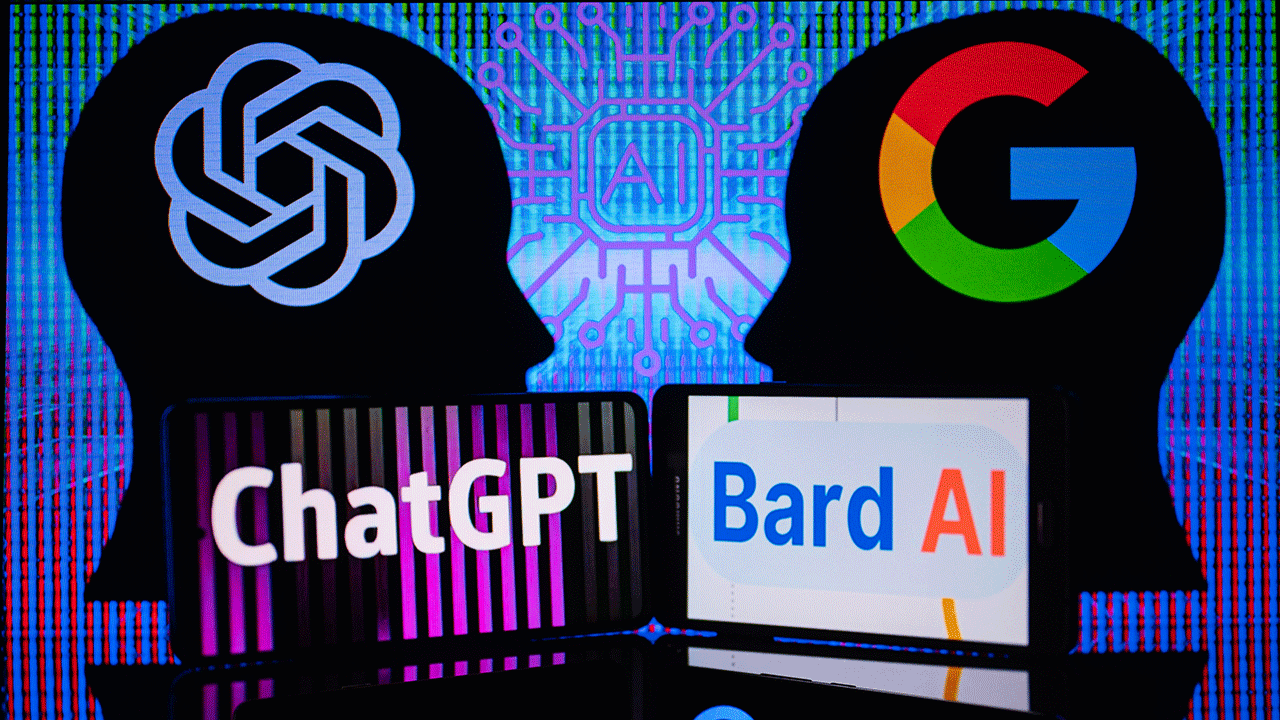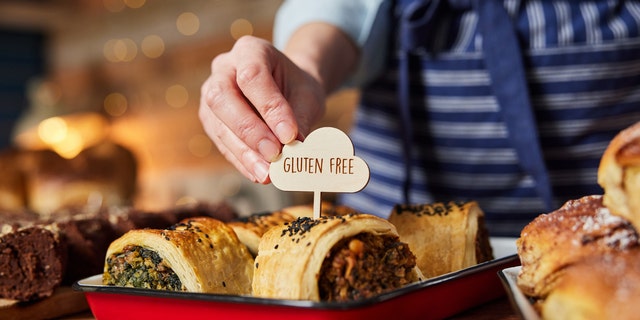
As artificial intelligence has made its way into everything from content creation to health care, could “robo recipes” be next on the menu?
A Polish study explored AI’s potential in meal planning — specifically for people with food allergies — with mixed results.
Researchers from the Poznań University of Economics and Business in Poland entered prompts into ChatGPT — the AI-powered large language model (LLM) developed by OpenAI — to get meal recommendations for specific food allergies.
CHATGPT LIFE HACKS: HOW USERS ARE SPAWNING GROCERY LISTS FROM AI-GENERATED RECIPES AND MEAL PLANS
“ChatGPT — at least in the version that was tested in January 2023 — generally produced balanced diet plans for people with food allergies, but not all of them were safe,” Paweł Niszczota, lead researcher of the study, which was published in the journal Nutrition, told Fox News Digital.
Each year, some 30,000 people visit the emergency room with food allergy reactions and 150 to 200 die from them, studies have shown.

AI’s potential for meal planning — specifically for people with food allergies — was explored in a new study with mixed results. (iStock)
With this risk in mind, the researchers set out to determine the safety of using ChatGPT to generate recipe suggestions.
“ChatGPT can be a helpful tool for food professionals, such as dietitians, who can identify when it is misleading,” Niszczota said.
“Lay people might sometimes wrongly infer that ChatGPT or similar models are correct, only because they appear confident in their responses.”
“I’ve seen firsthand how it helped users request endless variations of diet plans without worrying about the cost of visiting a nutritionist.”
The researchers focused on 14 food allergens.
These included cereals containing gluten (wheat, rye, barley and oats), eggs, fish, crustaceans (such as prawns, crabs and lobsters), mollusks (such as mussels and oysters), peanuts, soybeans, milk and dairy products, nuts (such as almonds, hazelnuts and walnuts), celery, mustard, sesame, sulfur dioxide and sulphites (at a concentration of more than 10 parts per million) and lupin, according to the published discussion of the findings in the journal Nutrition.

ChatGPT included almond milk in nut-free diets — which potentially could be very dangerous for people with nut allergies. (iStock)
They entered the prompts into ChatGPT on January 28, based on four different food restrictions.
The chatbot generated responses based on its built-in algorithms and the vast amount of dietary information published on the internet.
Next, a qualified dietitian with a master’s degree in human nutrition assessed the responses.
What ChatGPT did well
Piyush Tripathi, a lead engineer at Square in San Francisco, California, used another large language model called BERT to create his own diet app, Gainguy. (He was not involved in the Polish study.)
He said he sees flexibility as the biggest advantage in using LLMs for meal planning.
“I’ve seen firsthand how it helped users request endless variations of diet plans without worrying about the cost of visiting a nutritionist,” he told Fox News Digital.
TEENS ARE TURNING TO SNAPCHAT’S ‘MY AI’ FOR MENTAL HEALTH SUPPORT — WHICH DOCTORS WARN AGAINST
“By analyzing ingredient lists, nutritional data and user preferences, ChatGPT can offer alternative ingredient suggestions and provide detailed information on suitable food options,” Tripathi continued.
“Plus, ChatGPT-like technology is available 24/7 and can respond to queries and conversations instantly.”
The study authors also noted some specific strengths of the AI-generated suggestions.

“Lay people might sometimes wrongly infer that ChatGPT or similar models are correct, only because they appear confident in their responses,” the researcher said. (Gabby Jones/Bloomberg via Getty Images)
“Meals were formulated in accordance with the basic recommendations indicated in different food-based dietary guidelines, such as limiting meat consumption in favor of fish and poultry or having vegetables or fruits in every meal,” they stated.
The responses also included some helpful tips and guidance, such as noting the importance of reading labels carefully.
Potential pitfalls of ChatGPT for meal planning
The Polish study’s primary criterion was safety, which measured whether the specified food allergen was left out of the suggested meal.
“In four out of 56 cases (7.1%), the meal included a forbidden allergen (nuts in a nut-free diet),” Niszczota told Fox News Digital.
Specifically, ChatGPT included almond milk in nut-free diets, which potentially could be very dangerous for people with nut allergies.
Another concern was that some of the diets were too low in calories to provide the necessary level of nutrients, a discussion of the findings noted.
“In most of the proposed menus, only a general statement on the supervision of a health professional was given, with no warning about a significant calorie restriction,” the authors wrote.
Lack of variety in the meals was another issue, which could be a barrier to people sticking consistently to recommended diets.

Based on this single study, Niszczota confirmed there is some risk that large language models can produce nutritional advice that is dangerous for people who suffer from food allergies. (iStock)
“The version [of ChatGPT] used in the study produced monotonous menus with frequent repetition of foods, which would probably not be followed for a long period,” noted Niszczota.
Based on this single study, he confirmed there is some risk that large language models can produce nutritional advice that is dangerous for people suffering from food allergies.
“Another risk is that people might take a mental shortcut, thinking that dietary advice from generative AI is accurate because it is delivered in a confident manner,” he warned.
ChatGPT also lacks the capability to include images in its interactions — which Niszczota believes would make it more useful for meal recommendations.
“If a person with allergies follows a meal plan generated by a chatbot and suffers a reaction, it’s not clear who should be held liable for any damages.”
“For example, to help track their diets, people might take photos of their meals and ask AI for feedback,” he said.
Any potential legal implications are also unclear, noted Tripathi.
“If a person with allergies follows a meal plan generated by a chatbot and suffers a reaction, it’s not clear who should be held liable for any damages,” he said.
Study included some limitations
Since January 2023, when the study was conducted, ChatGPT has been updated a total of seven times, according to OpenAI’s release notes.
That means someone entering the same prompts today could receive very different responses.
The relatively small number of prompts also limited the results, Niszczota said.
“Since we conducted our analysis, OpenAI [enabled] the ability to access ChatGPT via an API, which allows researchers to ask the same prompts — or variations of prompts — numerous times,” he explained.

The researcher noted that his team only relied on ChatGPT — but there are other large language models from other companies, such as Google Bard, that should be assessed, he said. (Jonathan Raa/NurPhoto via Getty Images)
“Future studies will capitalize on this and become more valid.”
Additionally, in the study, there were no further interactions after ChatGPT provided its responses.
“In reality, interactions with large language models consist of multiple prompts and responses,” Niszczota pointed out. “These might produce different outputs. For instance, in the course of dialogue with ChatGPT, we could attain less monotonous diets.”
CHATGPT AND HEALTH CARE: COULD THE AI CHATBOT CHANGE THE PATIENT EXPERIENCE?
The researcher also noted that his team only relied on ChatGPT, but there are other large language models from other companies, such as Google Bard, that should be assessed.
“More importantly, longitudinal studies are needed to identify how people actually use dietary advice from large language models,” he added.
Take AI dietary advice with a grain of salt, experts say
When using ChatGPT for personalized diet advice, Tripathi said it is important to provide accurate and complete information about your health condition, dietary preferences and lifestyle habits.
Even after doing that, however, he said an LLM’s food recommendations can’t rival a human’s input.

The researchers focused on 14 food allergens, including gluten, eggs, fish, crustaceans, peanuts, soybeans, milk and dairy products, nuts, celery, mustard, sesame, sulfur dioxide and sulphites, and lupin. (iStock)
“Chatbots lack the ability to interact with individuals and understand their specific needs and concerns,” he said.
“This can lead to a lack of empathy and understanding, which can be important when dealing with people with allergies.”
CLICK HERE TO SIGN UP FOR OUR HEALTH NEWSLETTER
For example, an AI model may not be able to take into account the severity of the allergy or an individual’s health conditions, Tripathi warned.
CLICK HERE TO GET THE FOX NEWS APP
Above all, he maintained that the meals served up by ChatGPT should not be considered a substitute for professional medical advice.